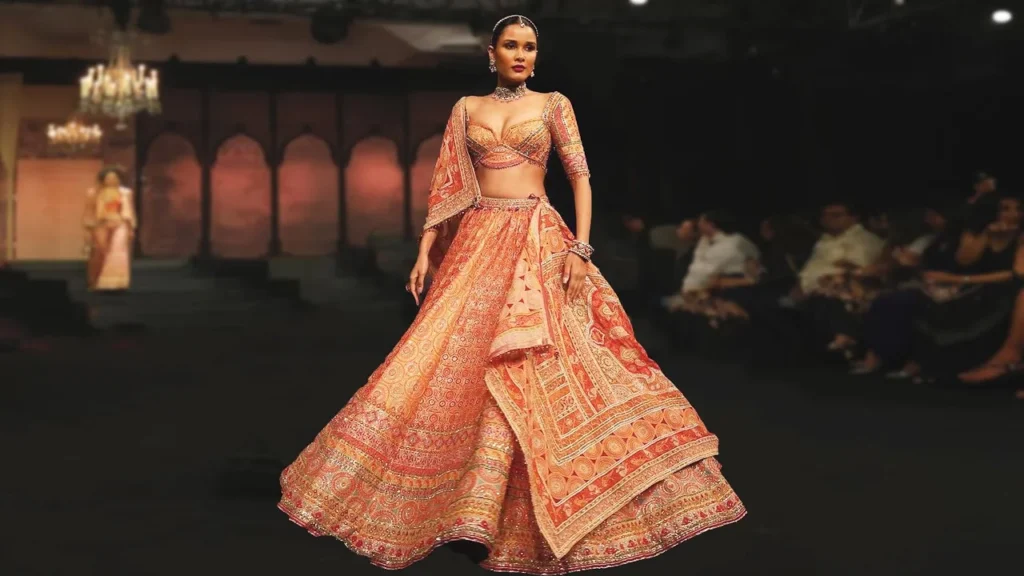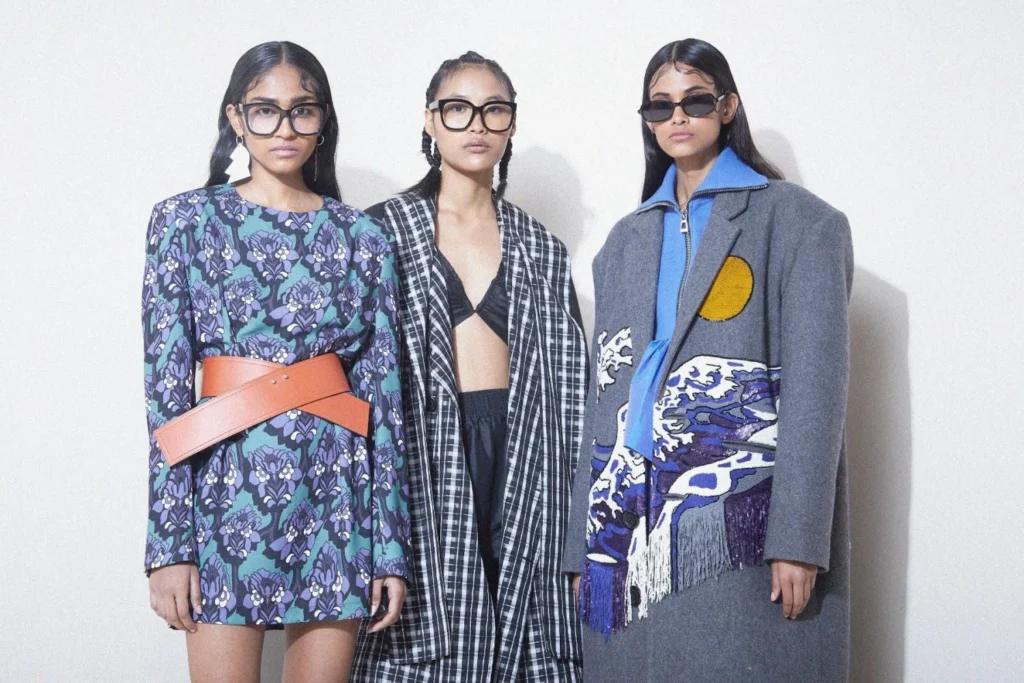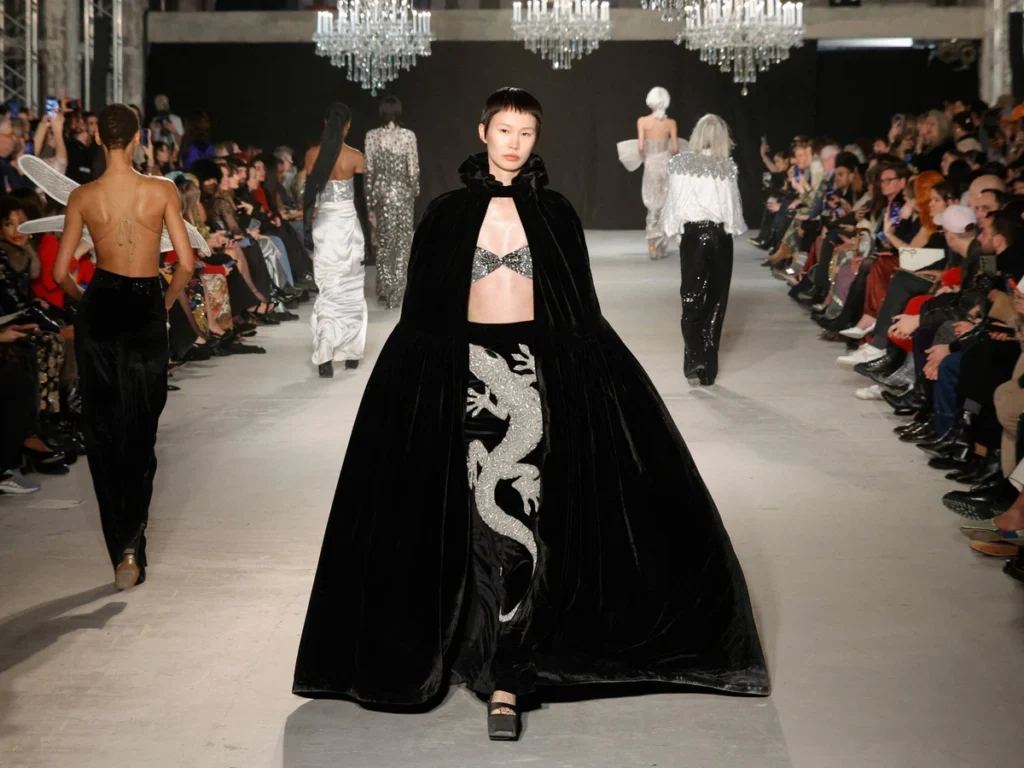India Fashion Week: A Silver Jubilee Marked by Reflection
India Fashion Week just celebrated a significant milestone—25 years of spotlighting fashion, talent, and culture. But even with decades of runway showcases, celebrity-powered events, and designer breakthroughs, the question remains: why hasn’t India Fashion Week reached the same global status as Paris, Milan, or New York?
From Lakmé Fashion Week (LFW) in Mumbai, with its Bollywood sheen, to FDCI’s fashion-forward showcases in Delhi, India’s fashion landscape has expanded remarkably. Yet, despite the diversity, creativity, and legacy of craftsmanship, the country’s biggest fashion showcases remain largely regional in their impact. While Indian designers are celebrated abroad, India Fashion Week as a brand has yet to establish itself as a must-watch event on the global fashion calendar.
Let’s dive into seven key reasons why India Fashion Week is struggling to go global—and what industry leaders say needs to change.
Lack of Unified Identity Across Platforms
At the heart of the issue lies a fundamental divide between the two major fashion weeks: LFW, backed by Reliance Brands and the cosmetic giant Lakmé, and FDCI’s India Fashion Week, led by the non-profit Fashion Design Council of India. While both platforms showcase some of the country’s top talent, their separate agendas, formats, and timelines send a fragmented message to the world.
Rahul Mishra, a designer celebrated in Paris, stresses the importance of presenting a unified front, noting that international fashion weeks like Milan or Paris operate under a single calendar that garners global participation and attention. Without synergy, India’s fashion narrative appears scattered undermining its potential for a cohesive international identity.
“We need to operate as an industry, not individual entities,” Mishra says. “Consistency and collective action are critical.”
Over-Reliance on Celebrity Showstoppers
Few industries fuse cinema and couture as seamlessly as India’s. Bollywood icons dominate the runways, turning fashion week into a celebrity affair. While these star appearances guarantee media buzz and social engagement, they often overshadow the designs themselves.

Designer Tarun Tahiliani, one of the country’s most respected couturiers, believes that fashion must reclaim center stage. He points to international fashion weeks where the focus remains strictly on garments, craftsmanship, and innovation—not on celebrity glamour.
“Tightly edited collections with a serious point of view are the way forward,” he insists.
In other words, while showstoppers may bring short-term attention, they distract from long-term global credibility.
Outdated Retail Models and Buying Practices
A recurring complaint among young designers is India’s overdependence on consignment-based selling. In this model, garments are sent to retailers without upfront payment, placing the risk squarely on the designer. This creates cash flow challenges, especially for emerging labels trying to scale.

Designer Dhruv Kapoor, who has consistently shown at Milan Fashion Week since 2022, argues that India’s retail landscape needs to evolve. He emphasizes the necessity for multi-brand outlets to purchase collections outright and take responsibility for product promotion.
“Cash flow is the lifeblood of growing fashion businesses,” Kapoor says. “We need to ditch the consignment model and support designers with real investments.”
Absence of Institutionalized Archives and Brand Heritage
During the 25-year celebration gala, designers were invited to showcase archival pieces. But many of these looks had to be recreated from scratch, as formal archives were never maintained. This points to a bigger issue: lack of long-term brand vision.
Senior stylist Gautam Kalra, who curated the gala, shared that some designs existed only in memory. Reimagining them was creatively rewarding—but also underscored the absence of structured documentation in Indian fashion.
Globally recognized brands like Chanel, Dior, and Gucci thrive on legacy and archival access. In contrast, most Indian labels function in the now—missing an opportunity to build enduring brand narratives that resonate globally.
Creativity vs. Commercialism: The Sponsorship Balancing Act
Sponsorships are crucial to the survival of fashion weeks in India. But with increased financial support comes pressure to align with brand messaging. Designers often find their creative freedom compromised by sponsors’ commercial demands.
Rahul Mishra argues that while sponsors play an essential role, the collaboration must evolve. It should support—not stifle—artistic vision.

“As our industry matures, we need more subtle and creative partnerships,” Mishra notes. “The shows must still reflect the integrity of the designer.”
Striking this balance will be key in maintaining authenticity while scaling financially.
Lack of Infrastructure for Emerging Talent
Despite graduating from prestigious design institutes, many young Indian designers find themselves ill-equipped for the real-world logistics of the global fashion industry. From creating line sheets to understanding shipping protocols and international retail norms, the learning curve is steep and largely unsupported.
Designer Dhruv Kapoor points out that mentorship and industry training need to become standard. Without that support, talented individuals risk falling through the cracks—even if their designs are globally competitive.
Fashion weeks, beyond being spectacle events, must become platforms for professional development, especially for next-gen designers with global ambitions.
Need for Global Strategy Without Losing Cultural Depth
Indian fashion is rooted in rich cultural narratives—from intricate embroidery techniques to indigenous textiles. However, a strong local story doesn’t always translate globally.
Culture journalist Bandana Tewari suggests that the new wave of designers are not just creating products—they’re crafting immersive cultural experiences. Yet, without adapting to global retail expectations, even the most beautifully crafted pieces might fail to resonate beyond the diaspora.
“Fashion weeks must balance local authenticity with international relevance,” Tewari explains.
This doesn’t mean homogenizing Indian design—it means presenting it in formats that international buyers, media, and consumers understand and can access.
Moments That Mattered, But Weren’t Enough
Over the years, India Fashion Week has delivered plenty of memorable moments:

- Kareena Kapoor Khan’s maternity walk for Sabyasachi
- Katrina Kaif channeling Barbie
- Akshay Kumar’s denim stunt with Twinkle Khanna
- Kallol Datta’s no-front-row format in 2016
- Rohit Bal’s poetic Kashmiri showcase under the moonlight
These moments were bold, beautiful, and buzzworthy—but moments alone don’t build global recognition. What’s needed now is a long-term vision, an institutional backbone, and a strategy that prioritizes both art and commerce.
Conclusion: The Road Ahead for India Fashion Week
India Fashion Week, after 25 years, stands at a pivotal juncture. It has the talent, the culture, and the creative genius to compete with the best. But without consolidation, better business models, and global strategy, it risks remaining a local celebration rather than a global event.
The good news? The solutions are already in motion. Leaders like Rahul Mishra and Dhruv Kapoor are setting benchmarks internationally. Veteran voices like Tarun Tahiliani and Sunil Sethi are pushing for infrastructure and reform.
Now, it’s about bringing the industry together—as one brand, one vision, one future.
If India Fashion Week can evolve in these critical areas, there’s no doubt that by its 30th year, it will no longer be asking what’s holding it back—but celebrating how far it has come.


